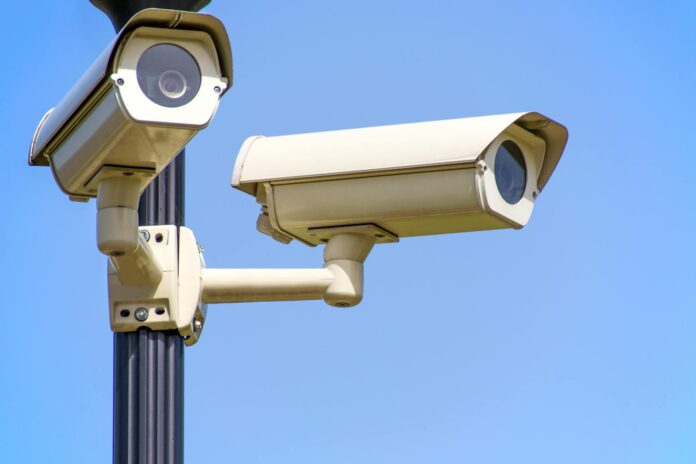Cloud video surveillance, also known as cloud-based video surveillance or video surveillance as a service (VSaaS), has become a critical tool for modern security solutions. Leveraging the power of cloud computing, this technology offers a host of benefits over traditional surveillance systems, including scalability, flexibility, and cost-efficiency. This article delves into the mechanics of cloud video surveillance, exploring how it works and why it’s a preferred choice for many businesses and individuals.
What is Cloud Video Surveillance?
Cloud video surveillance involves storing and managing video footage on remote servers hosted on the internet, rather than on local physical devices. This method allows users to access their surveillance data from anywhere with an internet connection, using various devices such as smartphones, tablets, and computers.
Components of Cloud Video Surveillance
- Cameras: The system begins with surveillance cameras, which can be IP (Internet Protocol) cameras or traditional analog cameras connected via an encoder. These cameras capture video footage and convert it into a digital format if not already digital.
- Network Connectivity: This requires a stable and reliable network connection, typically using Wi-Fi or Ethernet connections. Some systems also support cellular networks as a backup.
- Software Platforms: The software platform or service is a critical component that allows users to interact with their surveillance data. This platform typically offers features such as live viewing, playback, alerts, and analytics. Users can access these features through web browsers or dedicated mobile applications.
- User Devices: Users interact with the system using various devices, including smartphones, tablets, laptops, and desktop computers. These devices connect to the cloud platform, allowing users to monitor live footage, review recorded videos, and manage camera settings remotely.
How Cloud Video Surveillance Works
- Video Capture and Transmission: The process begins with the cameras capturing video footage. IP cameras digitize the video data directly, while analog cameras use encoders to convert the footage into digital format. This digital data is then compressed to reduce the file size and make transmission more efficient.
- Data Encryption and Transmission: Before the video data leaves the camera, it is typically encrypted to ensure security during transmission. This encryption protects the footage from unauthorized access and tampering.
- Real-Time Monitoring and Alerts: Users can log into the cloud platform to view live footage from their cameras. The platform often includes features such as motion detection and AI-based analytics, which can trigger real-time alerts. For example, if the system detects motion in a restricted area, it can send an instant notification to the user’s device.
- Playback and Archiving: Users can also access recorded footage stored in the cloud. The platform typically provides an intuitive interface for searching and playing back videos. Users can filter footage based on specific criteria, such as date, time, or detected events.
- Advanced Analytics: Many cloud video surveillance systems offer advanced analytics powered by artificial intelligence and machine learning. These analytics can include features like facial recognition, license plate recognition, and behavior analysis. Such capabilities enhance the effectiveness of surveillance by providing deeper insights and automating routine tasks.
Benefits of Cloud Video Surveillance
- Scalability: Cloud video surveillance systems can easily scale to accommodate additional cameras and storage needs without significant investment in new hardware. Users can expand their system by simply adding new cameras and adjusting their subscription plans.
- Remote Accessibility: The ability to access video footage from anywhere is a significant advantage. Users can monitor their properties in real-time, review footage, and manage their system remotely, providing peace of mind and operational flexibility.
- Cost-Efficiency: Cloud-based systems reduce the need for expensive on-premises hardware and maintenance. Subscription-based models allow users to pay for what they need, with the flexibility to upgrade or downgrade their plans as required.
- Enhanced Security: Cloud providers invest heavily in security measures, including data encryption, multi-factor authentication, and regular security audits.
- Automatic Updates and Maintenance: Users benefit from regular software updates, new features, and bug fixes without the need for manual intervention.
Cloud video surveillance represents a significant advancement in security technology, offering numerous benefits over traditional systems. By leveraging the power of cloud computing, users can enjoy scalable, flexible, and cost-efficient surveillance solutions with enhanced accessibility and security.

